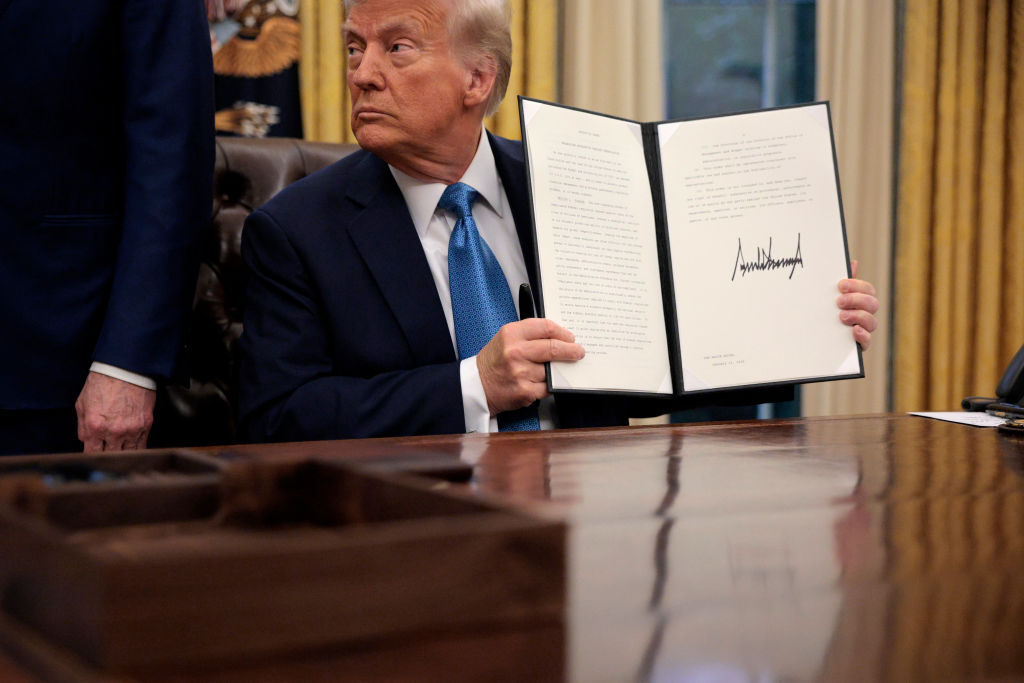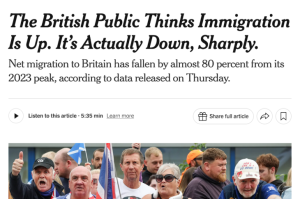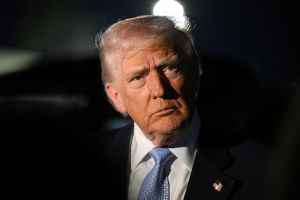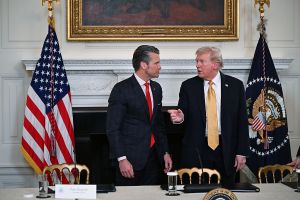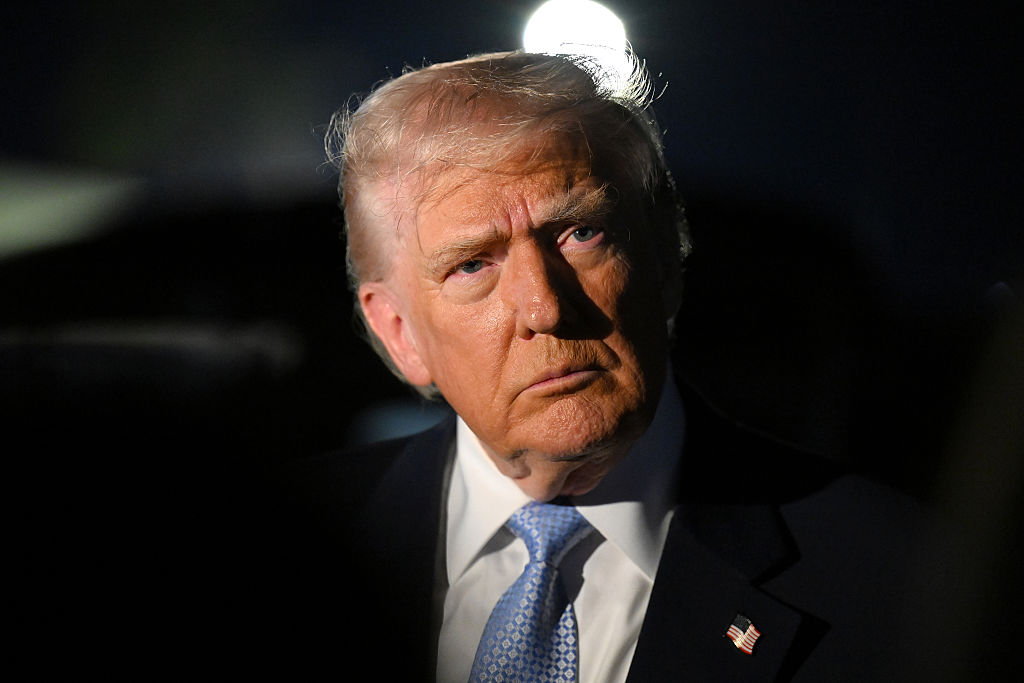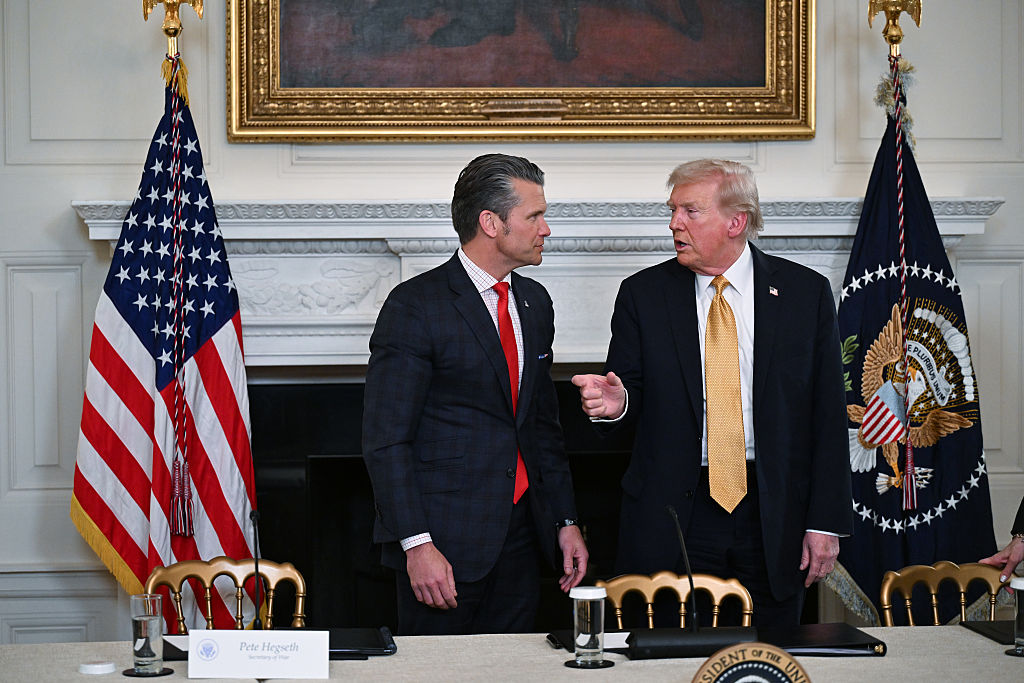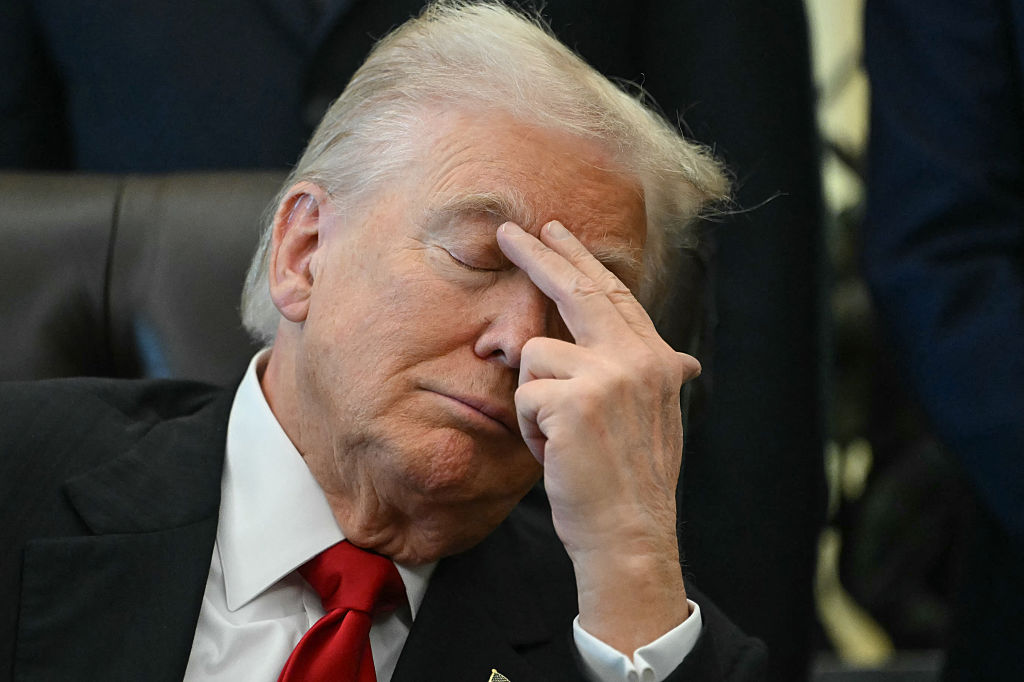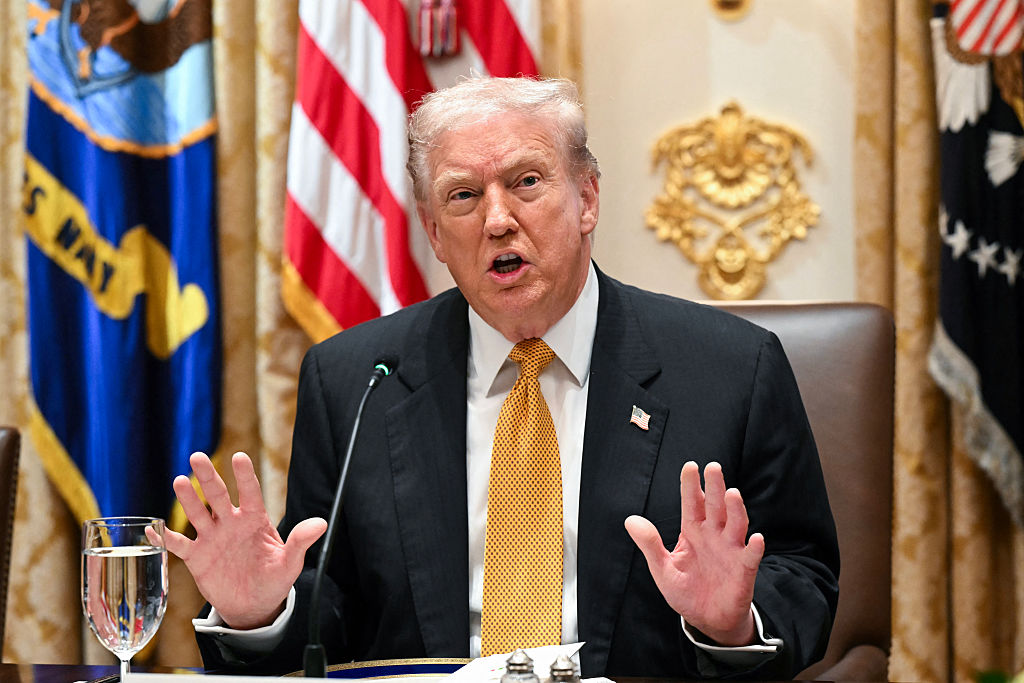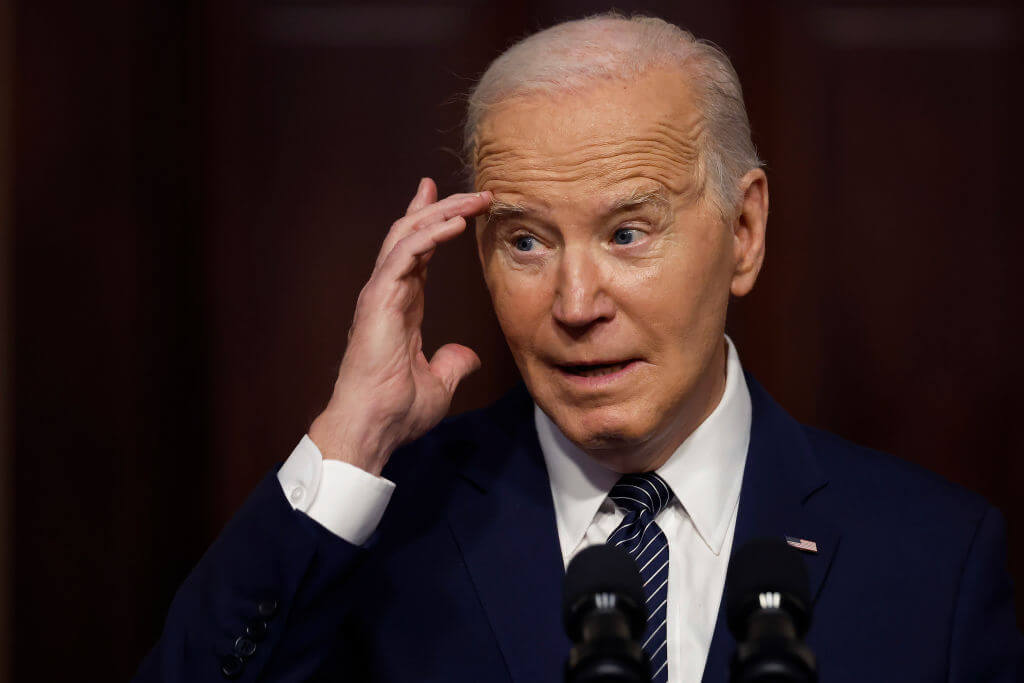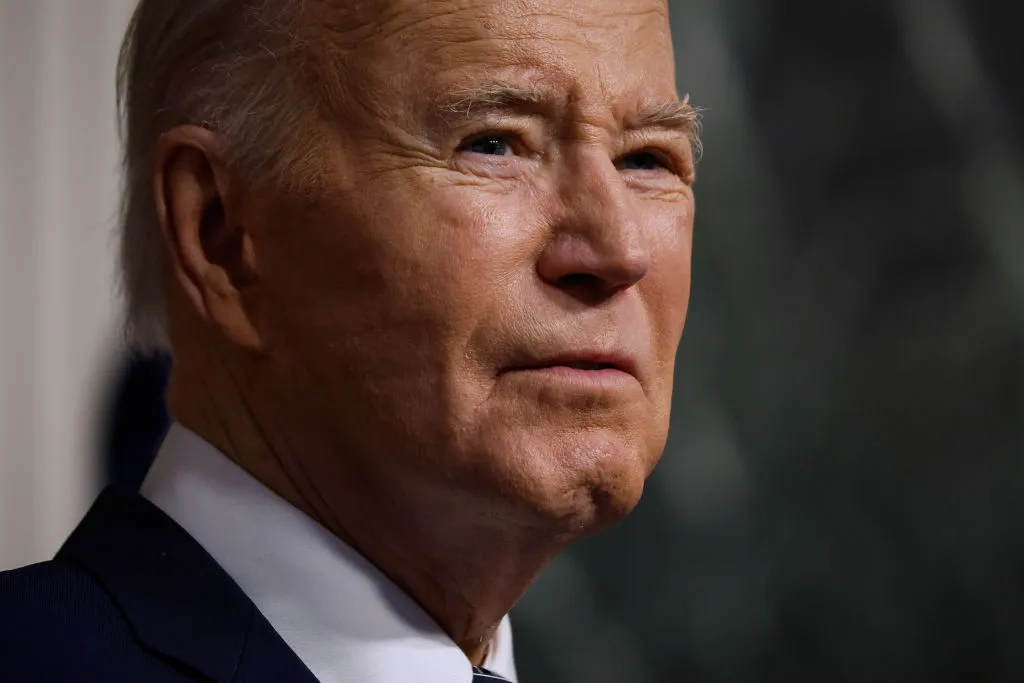President Donald Trump has set Saturday as the deadline to impose 25 percent tariffs on Canadian and Mexican imports. From the Oval Office earlier this week, Trump explained that the move aims to push the US’s neighbors to take swift action to curtail illegal immigration and fentanyl, as well as to address growing trade deficits. The tariffs may or may not include oil, with Trump saying Thursday that determinations were still being made.
Following Trump’s tariff feud with Colombian president Gustavo Petro Sunday, with the Trump forcing his Colombian counterpart to welcome deportees, his latest move signifies an expansion of his revamped “FAFO” foreign policy. By leveraging significant economic pressure, taking advantage of the privileged access Mexico and Canada have to the world’s largest consumer market, the Trump administration intends to retake control of incentives. By introducing duties into the conversation, which can be relieved as easily as they are placed, the administration expects concessions.
More than seeking stronger commitments vis-à-vis immigration and fentanyl from neighbors, there is an economic argument advanced by Trump’s team. Trump trade advisor Peter Navarro told CNBC Friday that Trump is concerned about the “the trillion-dollar trade deficit that we have every single year,” of which Canada, Mexico and China account for around half. Alluding to the legacy of President William McKinley, Navarro added that the president intends to rely on tariff revenue to help pay for tax cuts.
Critics like libertarian think tanker Scott Lincicome suggest that, “Tariffs at those levels and at that scope would effectively destroy the agreement that Trump himself negotiated and always brags about.” While he is correct in describing Trump’s announced move as the shattering of the United States-Mexico-Canada Agreement his first administration negotiated, Lincicome fails to consider changing trade dynamics.
For starters, for three years in a row now, the US has surpassed the $1 trillion trade deficit mark — a fact that some libertarian economists believe doesn’t matter. Mexico, in particular, has stood out as the primary beneficiary of a shift in global trade dynamics, as the share of Russian and Chinese imports is redistributed among partners. Despite peso depreciation, the trade deficit between the US and Mexico has more than tripled this last decade.
With Mexico uniquely benefitting from huge 20 percent increases in the trade deficit since 2021, the timing of the tariff threat is more likely to inspire a meaningful response. Though Mexican president Claudia Sheinbaum said Wednesday that she does not believe the tariffs will come and that she will retaliate if needed, reality is that around 80 percent of Mexico’s exports are to the US. Mexico is the junior partner in the relationship, and Trump wants them to get that.
While the economic model Navarro puts forward may sound foreign following an era of free trade, there is an American origin to what some now refer to as import-substitution-industrialization. The “American System,” as America’s seventh secretary of state Henry Clay called it, was an industrial strategy that the US followed from the late eighteenth century through the twentieth century. It broadly combined incentivizing domestic competitiveness and a more protective approach to global trade to elevate American industry. Backers of this economic model included its chief architect Alexander Hamilton, George Washington and John Quincy Adams (for whom Clay served).
Following an unconventional “Unipolar Moment,” a term coined by Charles Krauthammer to describe US global dominance after the collapse of the Soviet Union, the rise of China and a decline in American manufacturing is leading to the revival of the once-forgotten model. Trump’s latest policy moves, more than in his first term, mark a complete break from our era’s trade orthodoxies. Their outcomes might mark a new chapter in American — and world — history.



